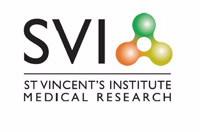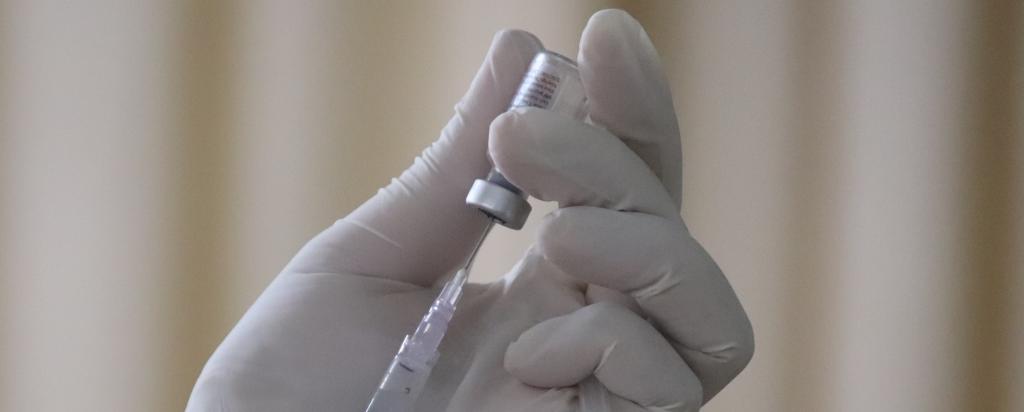

Published on the 28th October 2015 by ANSTO Staff
Researchers at St Vincent’s Institute of Medical Research (SVI) in Melbourne in collaboration with scientists at the Australian Synchrotron, Bio21 Institute, The University of Melbourne and the University of Oklahoma in the United States have shown how the bacteria Streptococcus pneumoniae (S. pneumoniae) assembles an arsenal of proteins to breech the membrane of human cells.

Infection by S. pneumoniae causes a range of serious human diseases including pneumonia, bronchitis, bacterial meningitis and sepsis. These bacteria are responsible for a quarter of the deaths of young children in the developing world.
It has been known for some time that the bacteria cause cellular damage via a toxin called pneumolysin. Pneumolysin is made up of individual components that assemble into a doughnut-shaped superstructure that punches a hole in the human cell wall, causing the cell to disintegrate.
Using the Macromolecular and Micromolecular Crystallography (MX1 and MX2) beamlines at the Australian Synchrotron, SVI researchers showed, for the first time, the initial few critical steps that occur in the formation of the superstructure.
Lead author Professor Michael Parker says pneumolysin first recognises human cells by binding to cholesterol in the cell membrane.
‘Once anchored on the cell surface it interacts with nearby pneumolysin molecules to form a linear array of toxin molecules.
‘Body temperature is sufficient to cause changes in the shape of the molecules to convert the linear array into doughnut-shaped rings that cause large holes to form in the cell membrane and allow the cell’s essential nutrients to escape.’
The emergence of drug resistant pneumococci and the poor efficacy of current vaccines have prompted the search for new vaccines and drug targets against the bacteria. This research provides a framework for the design of new vaccines and drugs to combat pneumococcal disease.
The work was published in the journal Scientific Reports. doi:10.1038/srep14352